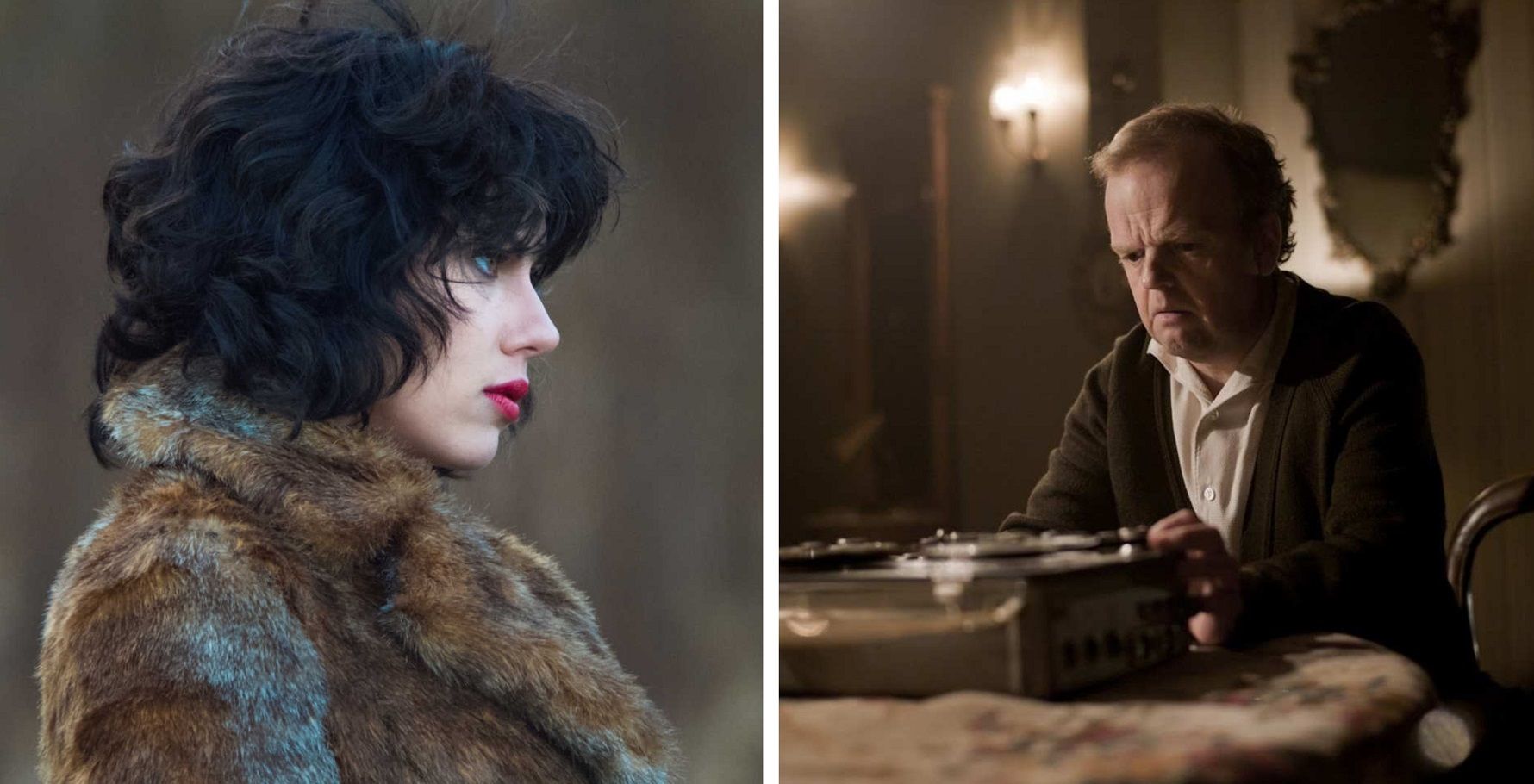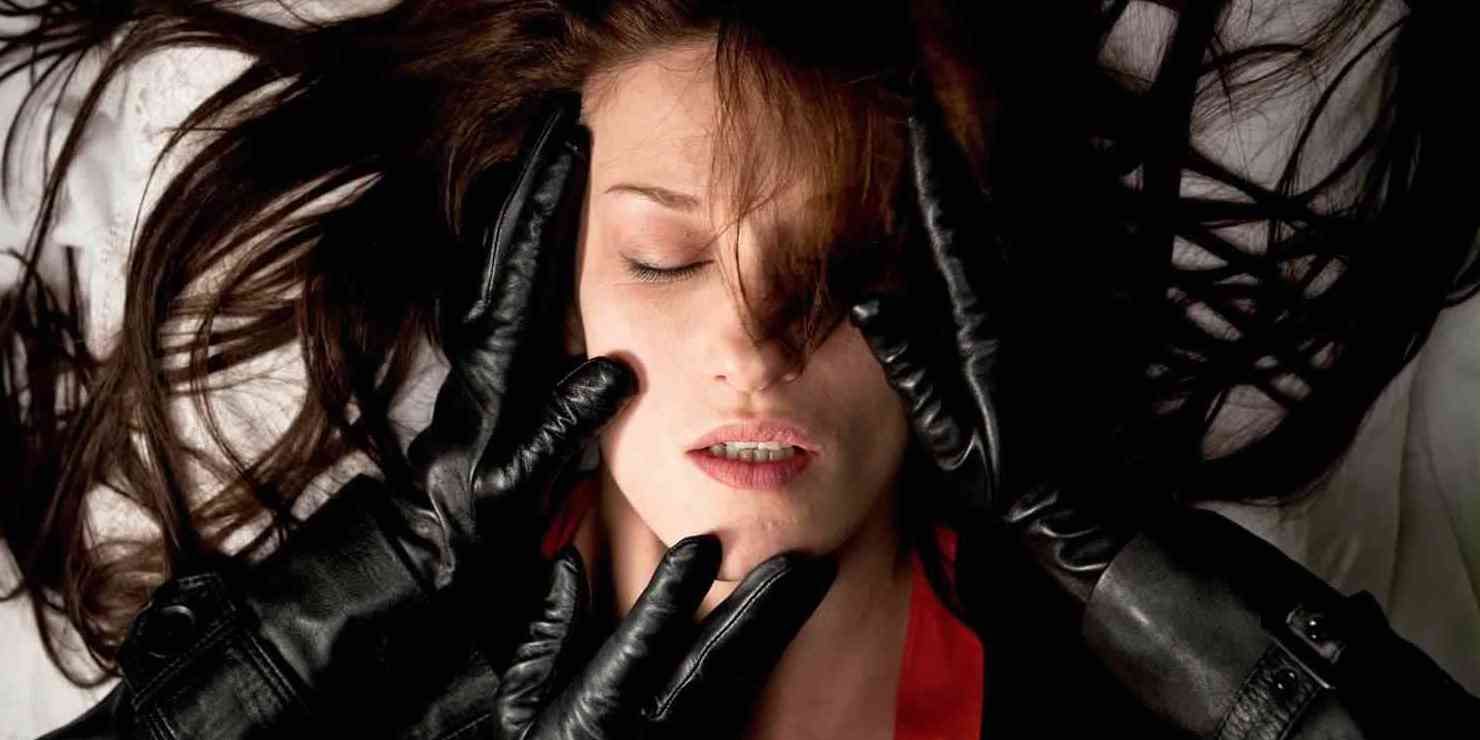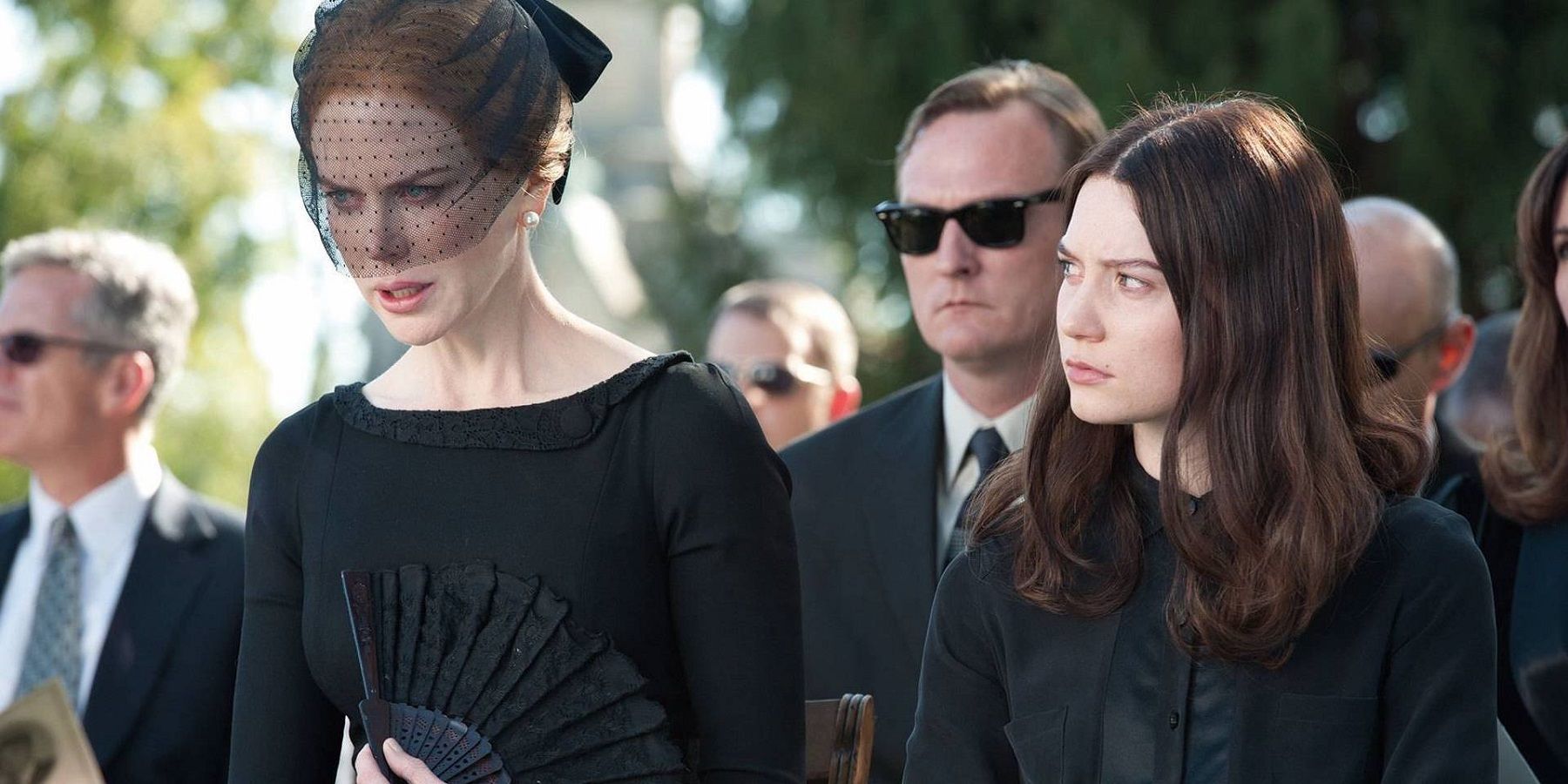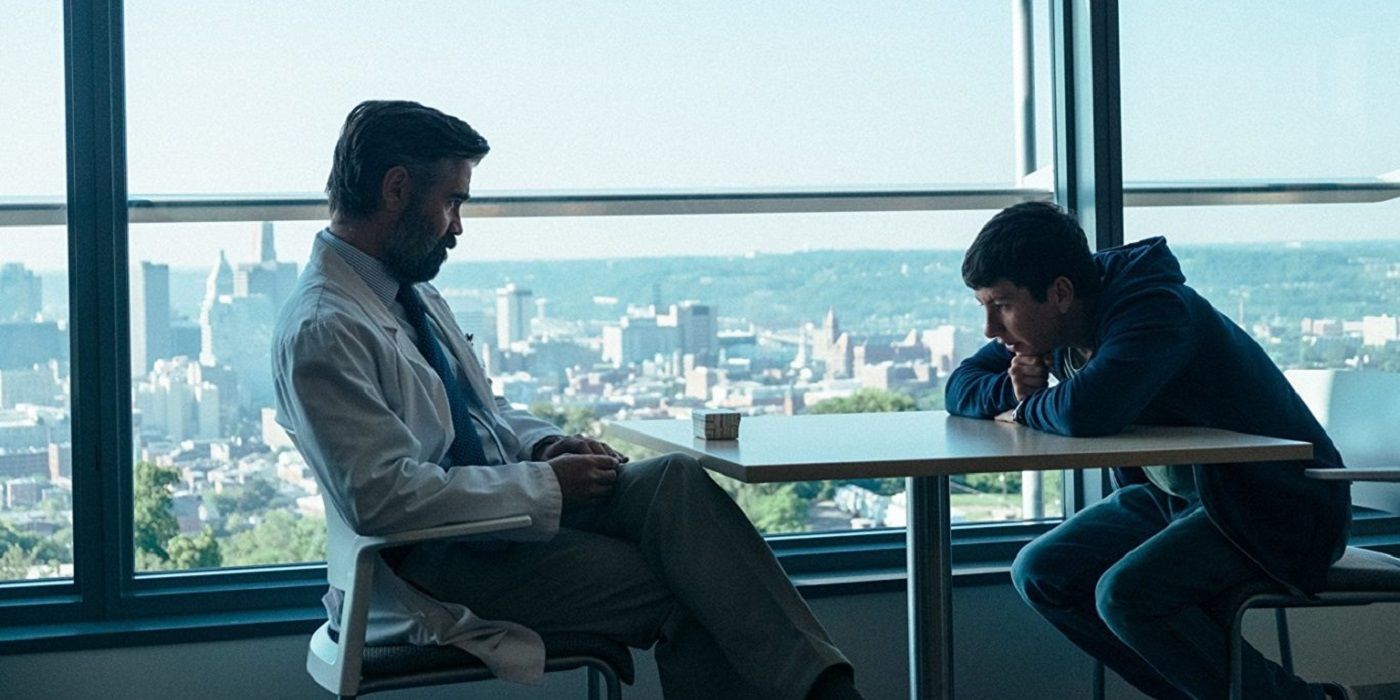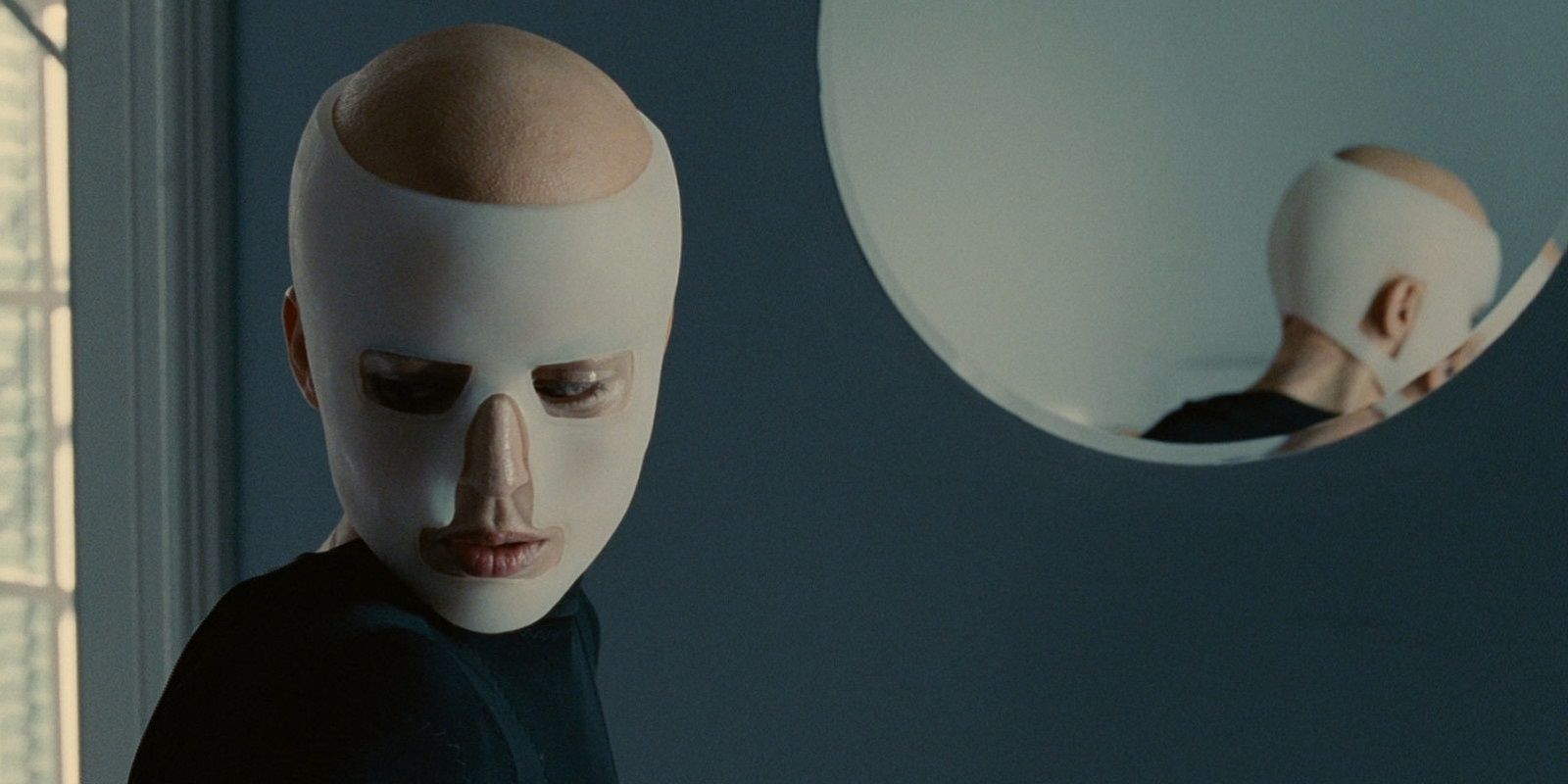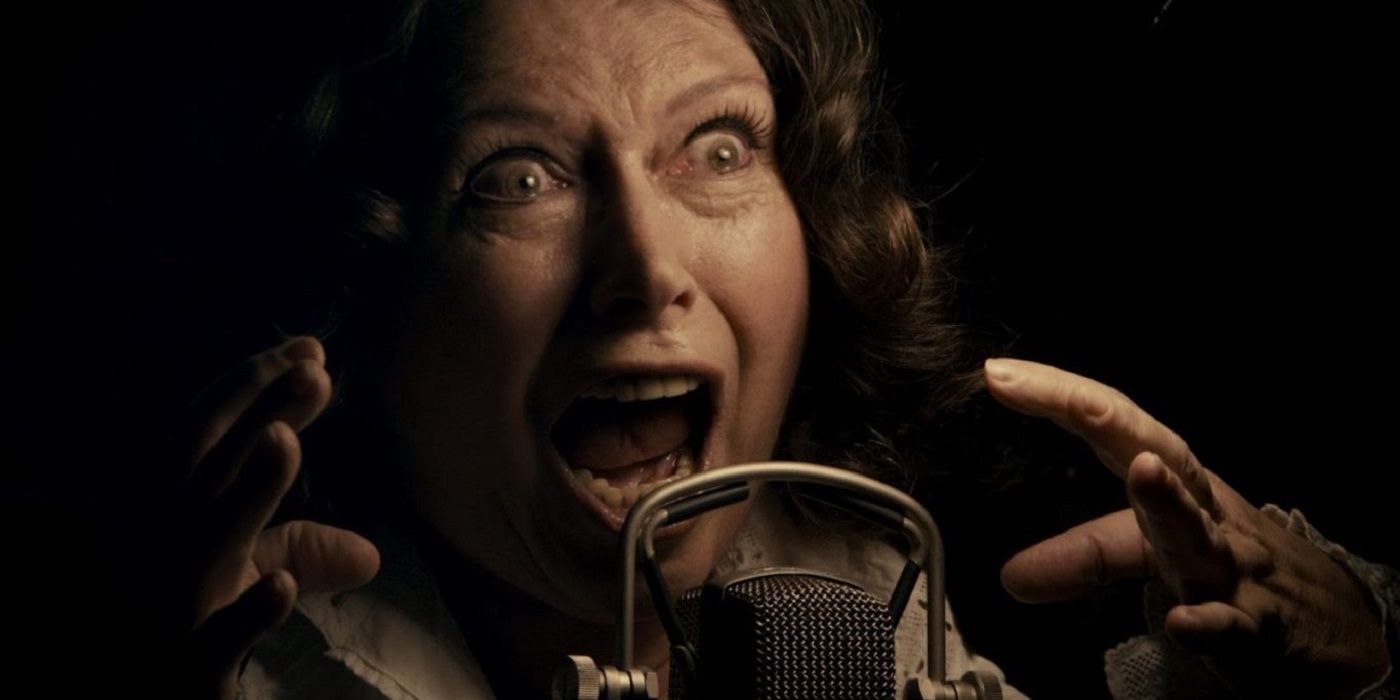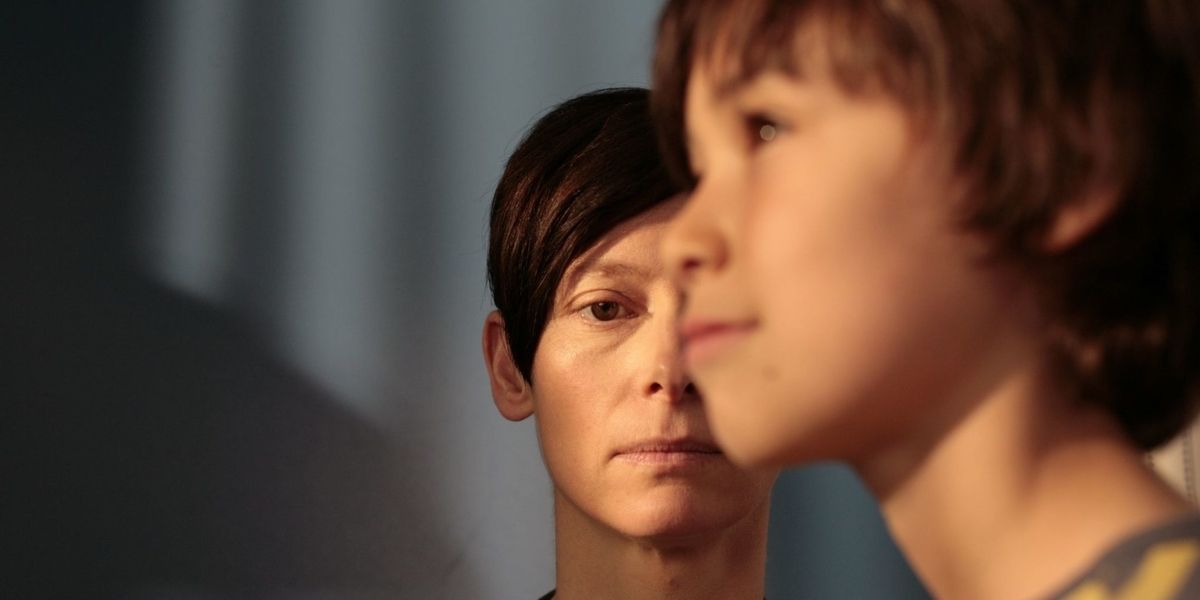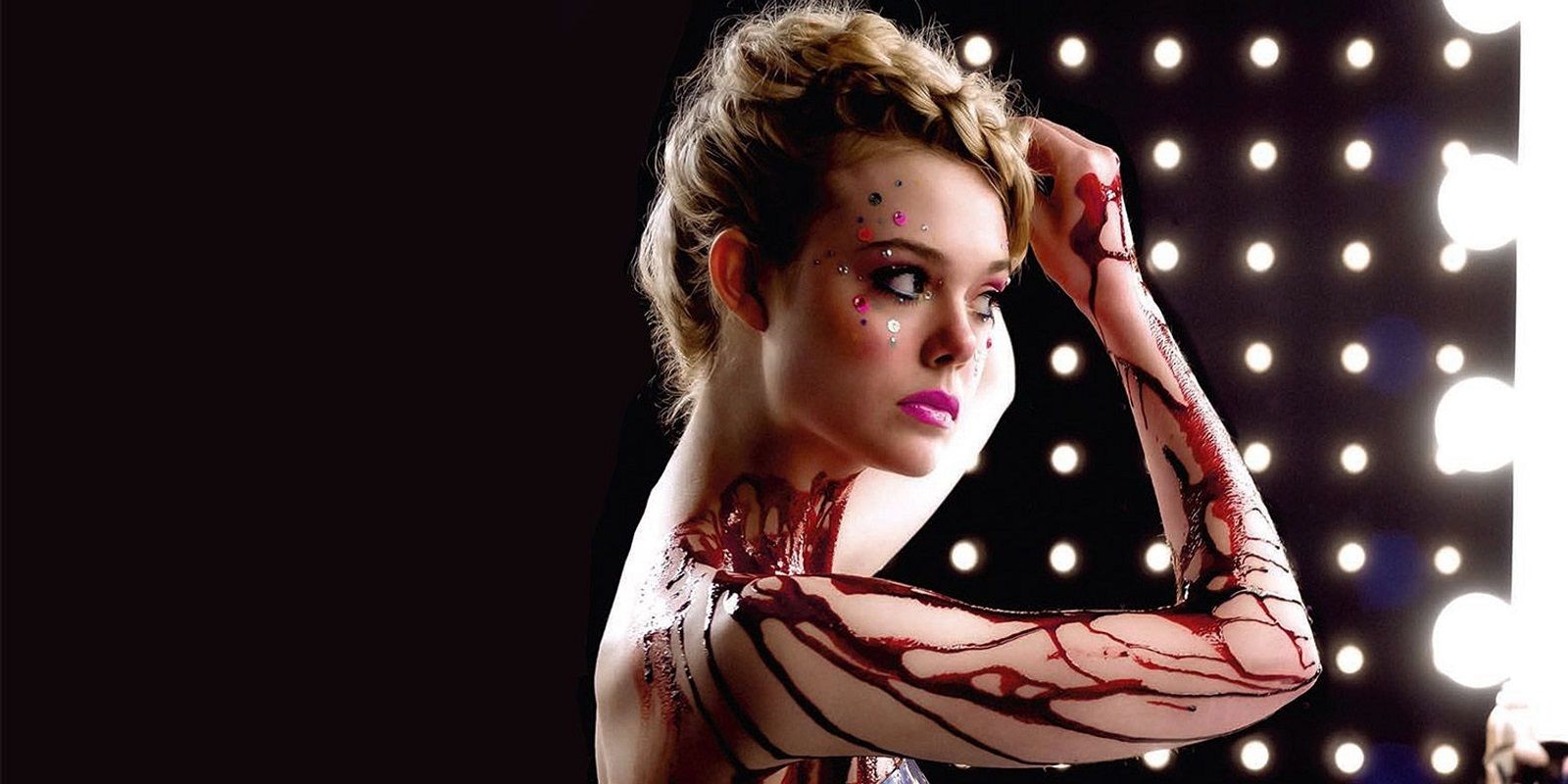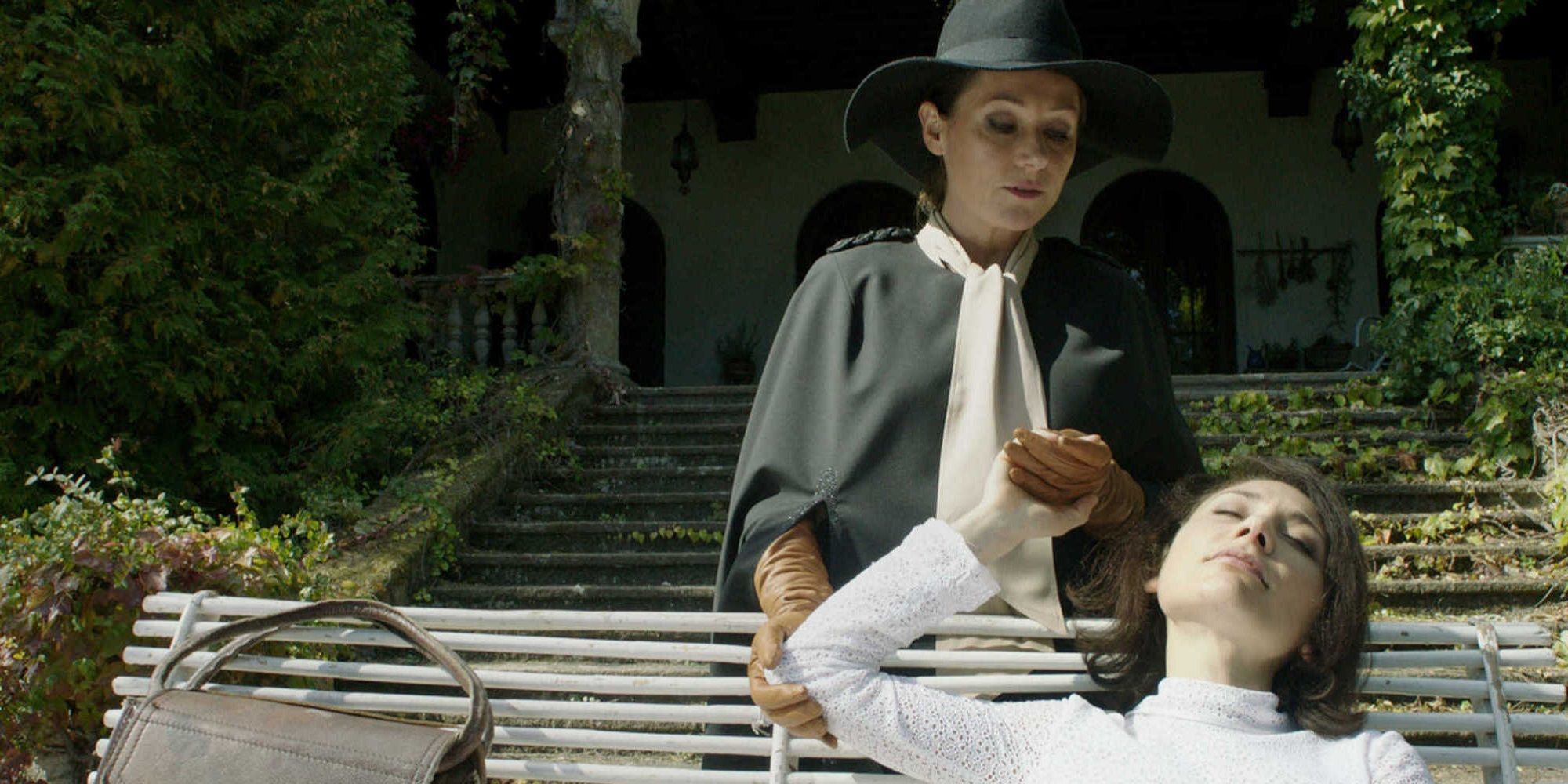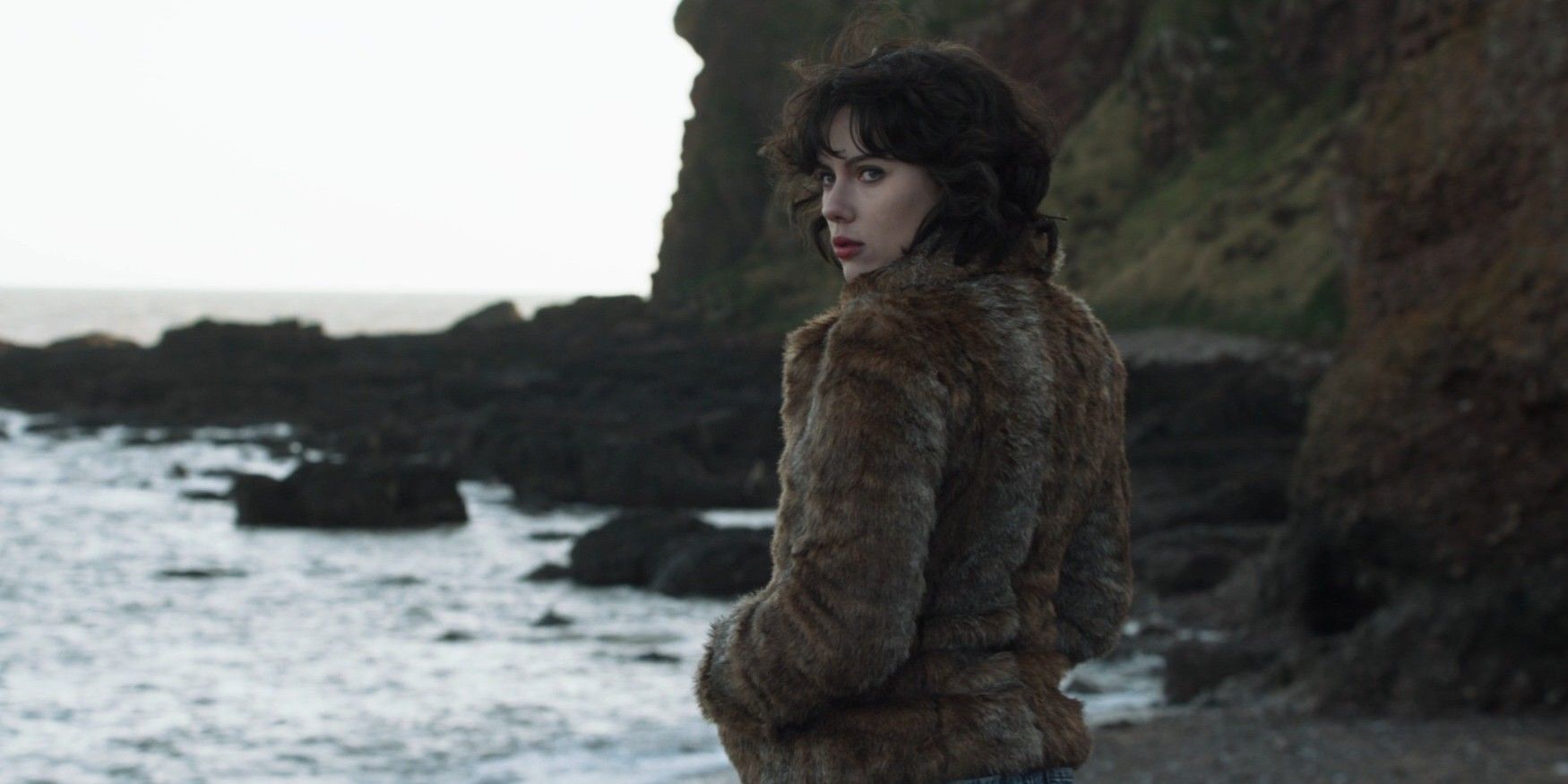Not your typical chillers, these are the movies for people who like their horror extra fancy. From world-class directors, and with very few actual kills (if any at all), these movies focus more on social anxieties than they do on hatchet-wielding maniacs and/or the supernatural.
If you’re looking to widen your palate a little bit, or maybe impress someone with your discerning taste in movies, this is the list for you. These movies, while still chosen for their entertainment value, are closer to a glass of wine than they are to popcorn. So, enjoy responsibly.
The Strange Color of Your Body’s Tears (2013)
The second feature-length movie from directing duo Hélène Cattet and Bruno Forzani is (while not quite as enjoyable as their 2009 debut Amer) a hoot for horror junkies. Cattet and Forzani are quite unique on the feature-length circuit for telling their stories almost entirely through extreme close-ups. It makes their movies not only very claustrophobic (which works darn well with horror) but genuinely idiosyncratic too.
As fans of the subgenre probably would have guessed from the title, The Strange Color of Your Body’s Tears is, like Amer, an ode to Italian giallo movies. If you’re unfamiliar with it, it’s a highly recognizable subgenre of pulp horror and detective stories. The way that Cattet and Forzani shoot their movies gives a certain surrealist quality to their work (to the degree that it’s kind of pointless explaining the plot). You’ll have to work your brain to interpret the images, but you’ll have a lot of fun looking at them while you do it.
Stoker (2013)
The English-language debut of revered director Park Chan-wook, Stoker is a fairly small-scale family drama about the dark secrets of a well-to-do family. The movie elegantly mixes adult themes in a way that only Chan-wook can, but the screenplay was actually the work of a well-known actor who does not appear in the film, Wentworth Miller.
Miller wrote the screenplay for Stoker and its prequel under a pseudonym, in an effort to allow the work to stand on its own merits. It’s not a typical Hollywood screenplay and Chan-wook is certainly neither 'Hollywood' nor typical, in any way. Coupled with the eye of his trusted cinematographer, Chung Chung-hoon, Chan-wook’s fearlessly specific and ever-present style makes Stoker feel like a one-of-a-kind piece of cinema.
The Killing of a Sacred Deer (2017)
Yorgos Lanthimos’ typically bizarre horror movie follows Colin Farrell’s boringly middle-class doctor, as he and his family undergo the effects of an inexplicable curse. The basic concept and moral quandaries of the movie, as well as its title, are derived from the works of Euripides written somewhere in the late 5th century BC.
As with all of Lanthimos’ movies, there’s a distinctly dry kind of humor running throughout The Killing of a Sacred Deer. You can’t help but find it funny, even during moments of (intensely odd) misery. It handles the slowburn of impending horror movie doom in a very uncommon way without ever losing real emotional impact.
The Skin I Live In (2011)
Pedro Almodóvar’s kinda-sci-fi movie, starring frequent collaborator Antonio Banderas as a sort of mad scientist, is another adept exploration of sex and sexuality from one of Spain’s most acclaimed film-makers. It’s a story of obsession, revenge, passion and all those red-blooded aspects that have made his films so characterful.
There are few directors of Almodóvar’s pedigree who tackle concepts like gender identity in such a direct way, weaving them into the story rather than soapboxing the audience with a pre-written speech. The horror comes from the fact that, no matter how frightening they may seem or how despicable their actions are, you come to understand his characters as human beings. You feel for what happens to them in this ultimately grim fairytale of death and transformation.
Berberian Sound Studio (2012)
Peter Strickland’s Berberian Sound Studio approaches giallo from a completely different angle than anyone had ever really attempted before. It follows Toby Jones’ mild-mannered foley artists as they work on what we surmise to be a very graphic horror movie. This makes it very unique in the sense that it’s a film about disgusting violence that doesn’t actually feature any.
The horror of the movie is carried entirely through Jones’ experience of events. As he begins to become worn down by the inherent misogyny of his surroundings and the brutish bravado of the egocentric producers masquerading as artists, the poor guy begins to crack. The movie’s unspoken mantra is that horror is always in the things that we don’t see and it’s a near-perfect piece of supporting evidence for that.
Nocturnal Animals (2016)
The second directorial effort of famed fashion designer Tom Ford, Nocturnal Animals takes an unusually literary approach to cinematic storytelling and it really pays off. The movie essentially revolves around Amy Adams’ character reading a book. The world of that novel is represented as another movie placed on top of the reality of the reader. This means that Nocturnal Animals isn’t just a movie that contains a lot of subtext: most of the movie literally is subtext.
The horror is derived not only from the conventional story of unsettling violence contained within the novel’s story but also from the overlying reactions of Amy Adams’ character. Her interpretation of the novel as a scathing personal attack on her from her ex-husband creates another layer of psychological unease. You could call Nocturnal Animals a kind of social horror movie. It’s about the fear of being truly known and having your inner ugliness publicly laid bare in art.
We Need to Talk About Kevin (2011)
Motherhood and pregnancy aren’t unusual topics to see in a horror movie. The most obvious example would probably be Ridley Scott’s Alien, but these themes are also explored in ghost stories. What We Need to Talk About Kevin does differently is that it’s more an exploration of postnatal depression and guilt.
Tilda Swinton plays a mother grappling with life after a criminal act by her young son. We see her cycling through her memories, agonizing over the causes of his behavior and the degree of her culpability over his actions. The movie isn’t really about shocking moments, though. It’s more about a constant sense of anxiety.
The Neon Demon (2016)
Nicolas Winding Refn was once quoted as saying, “the chief enemy of creativity is being safe, with good taste.” Whether or not he actually believes that, it’s a rule that fits quite well with his movies. Unlike most of the films on this list, The Neon Demon is entirely about excess and shock value. But those aspects are subjects of the story, not just blunt instruments to be used.
In a lot of ways, The Neon Demon is the true modern successor to Dario Argento’s horror classic Suspiria (more so than even Luca Guadagnino's remake). On the surface, there’s a similar story of modern-day pseudo-vampires but the movie’s journey is really mostly an exploration of shapes, sounds and (more than anything else) colors. Natasha Braier’s captivating cinematography is anything but amateurish.
The Duke of Burgundy (2014)
Peter Strickland’s follow-up to Berberian Sound Studio moves even further away from any recognizable conventions of the horror genre yet still feels more frightening. It’s hard to pin down to any genre in particular, really. Many people call it a romantic movie (which it is), others call it a comedy (which it also is). The horror lies in the look and the sound of the movie. You get wound so tight by it that a whisper can make you jump.
The Duke of Burgundy follows the sadomasochistic games of two lovers in a country house. Their roles of master and slave, however, quickly reveal themselves to be more complex than they appear to be. Similarly, the film instantly seems evocative of Italian horror movies from the 1970s (famous for their adult themes). But those themes are explored in a far more intimate level of detail than any schlock B-movie would, or could, allow for.
Under the Skin (2013)
Our final movie is a frightening experience for a number of ground-breaking reasons. To have a science-fiction horror movie shot the way that Under the Skin was shot (with most actors being not only non-professionals but bystanders on the street who literally wander into the movie) would be enough to marvel at it. But to do all of this with one of the biggest movie stars in the entire world (arguably of all time) as the lead character too, that’s something truly special.
The movie follows Scarlett Johansson's man-eating alien as she finds willing prey to seduce and lure back to her lair. Her performance and the movie’s VFX would, similarly, be enough to scare you silly by themselves. But it’s Mica Levi’s haunting score that makes Under the Skin genuine nightmare fuel. Director Jonathan Glazer hasn’t been the most prolific of movie directors (Under the Skin was the first feature-length project he’d released in nearly a decade), but if time is as necessary a price for brilliance as they say, it seems like a fair trade.

